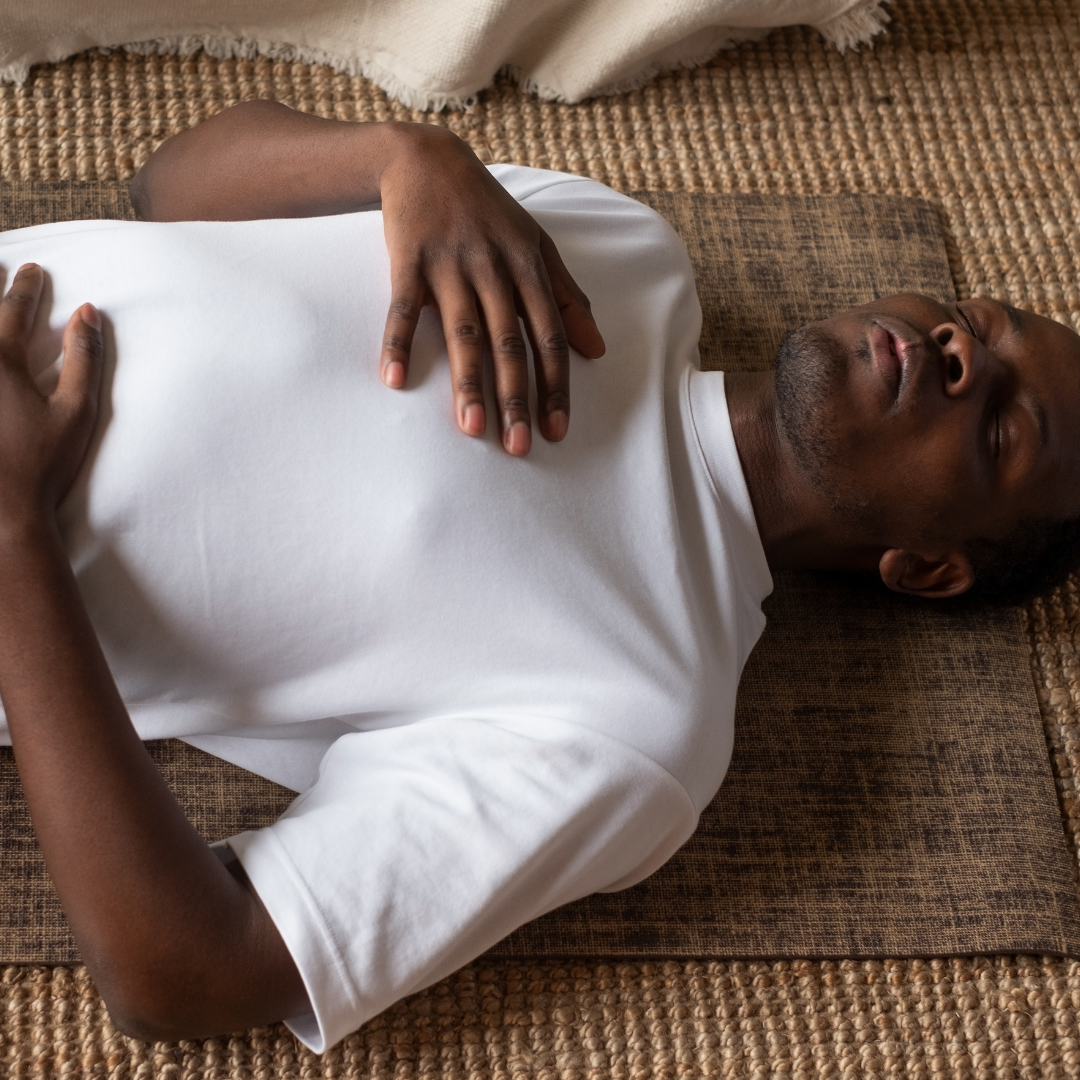Soothe Your Nervous System: TIPP Skills
Soothe Your Nervous System with TIPP Skills
When life ramps up, emotions can go from zero to sixty in seconds. Your heart races, your muscles tighten, your thoughts spin , and you’re left scrambling for a way to steady yourself.
That’s where TIPP Skills come in.
Originally developed in Dialectical Behavioral Therapy (DBT), these four techniques are designed to regulate your nervous system so you can think clearly, respond wisely, and restore emotional balance.
The best part? They’re simple, science-backed, and accessible to everyone.
T – Temperature Change
Cool to Calm
Changing your body’s temperature can shift your emotional state in minutes. Cold exposure activates your sympathetic nervous system in a way that, when controlled, can trigger a calming rebound effect afterward.
Try this:
Splash cold water on your face
Hold an ice pack to your wrists, neck, or underarms
Take a cool shower or cold plunge
Even just holding an ice cube and moving it across your skin can help
These methods interrupt the stress cycle and give your body a reset.
I – Intense Exercise
Burn Off the Stress
When emotions run high, so does your energy. A quick burst of intense movement helps burn off adrenaline and releases endorphins , your body’s natural mood elevators.
Options that work in minutes:
Sprint in place
Do jumping jacks, burpees, or squats
Hit a punching bag
Run up a flight of stairs
You don’t need a 45-minute workout. Just 30–60 seconds of high-effort movement can help your mind settle.
P – Paced Breathing
4 In
6 Out
This is your nervous system’s “off switch.” Slow, controlled breathing signals your parasympathetic nervous system (the “rest and digest” mode) to kick in.
How to practice diaphragmatic breathing:
Place one hand on your belly, one on your chest.
Inhale through your nose for a slow count of 4, letting your belly rise.
Exhale through your mouth for a slow count of 6.
Keep your chest movement minimal — most of the action should be in your belly.
Start with 2 minutes and build up to 20 over time. The more you practice, the easier it becomes to switch into calm on demand.
For a deeper dive, see my guide: LINK
P – Paired Muscle Relaxation
Relax from Head to Toe
Your muscles and mind are deeply connected. When you intentionally tense and release your muscles, you signal safety to your brain, reducing both physical and emotional stress.
Step-by-step:
Find a quiet, comfortable space. Sit or lie down.
Start with your feet — curl your toes tightly, hold for a few seconds, then release.
Move up your body: calves, thighs, abdomen, chest, arms, shoulders, neck, and face.
With each release, notice the tension leaving your body.
You can also follow a guided progressive muscle relaxation audio to walk you through the sequence. Pairing this with paced breathing doubles the calming effect.
Making TIPP Work for You
Like any skill, TIPP gets better with practice. You don’t need to use all four techniques every time — experiment and find which works fastest for you in the moment.
These aren’t just for crisis moments. Use them as preventative care to keep your baseline stress lower and your resilience higher.
If you’d like help weaving TIPP and other nervous system regulation tools into your daily life, let’s talk. We’ll build a personalized strategy so you can handle stress with more control, clarity, and confidence.
Risk free. Commitment free. Minimal cringe.





